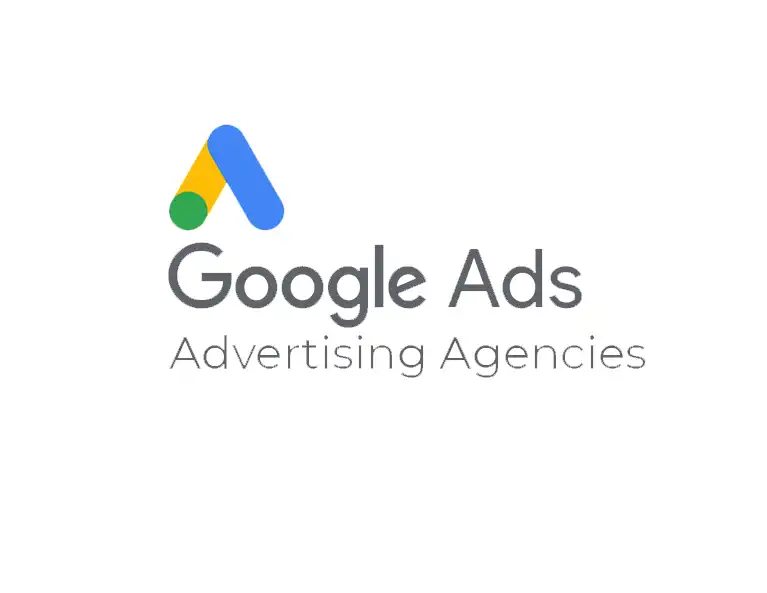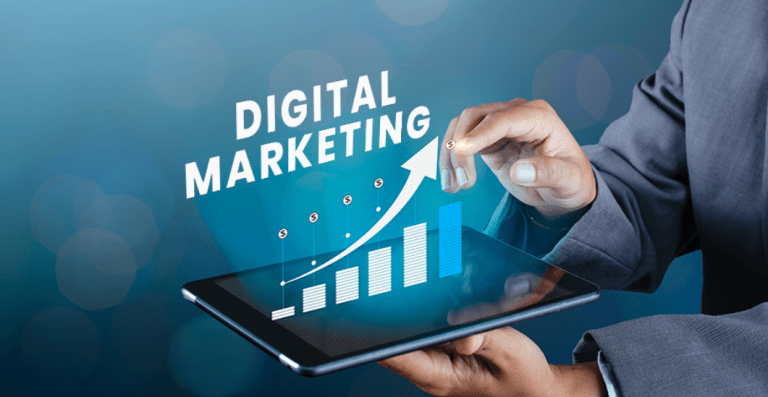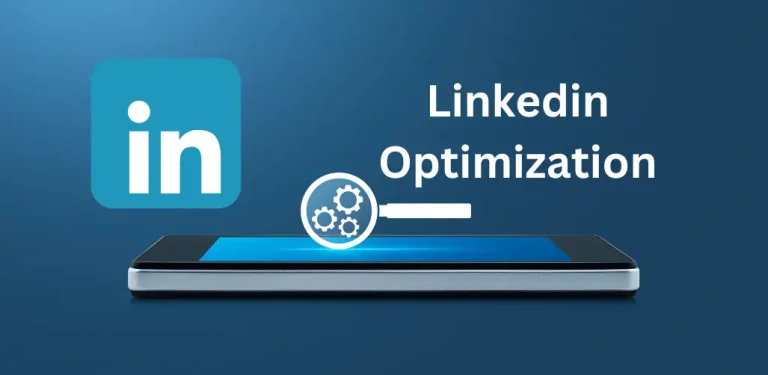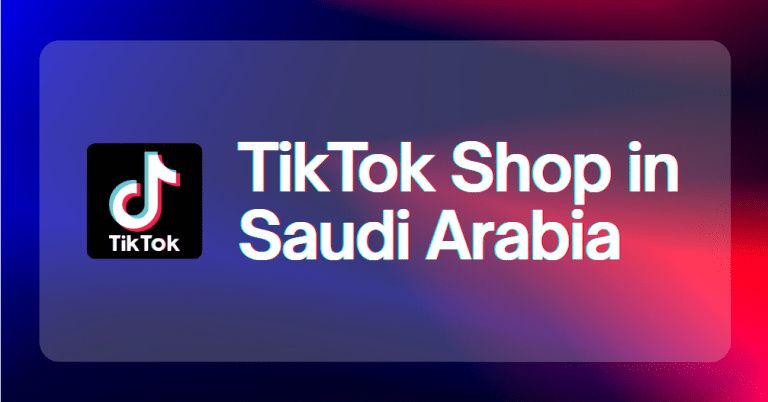Introduction: Understanding the Core Components of Digital Marketing
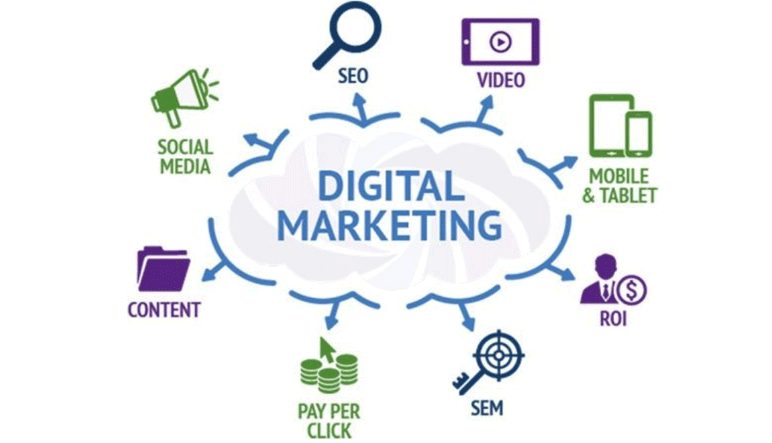
In today’s fast-paced digital world, businesses are no longer asking if they need digital marketing, but rather how well they’re implementing it. The success of a modern brand largely depends on how effectively it leverages the core components of digital marketing. From SEO to social media and content creation, each element plays a critical role in crafting an online presence that engages audiences and drives results.
In this detailed guide, we’ll break down the core components of digital marketing, explain how each works, and explore how businesses can integrate them for maximum impact.
Boost Your Online Visibility with Expert SEO Services!
Fill out the form below to get a FREE consultation and discover how our SEO strategies can skyrocket your rankings, traffic, and sales.
1. Search Engine Optimization (SEO)
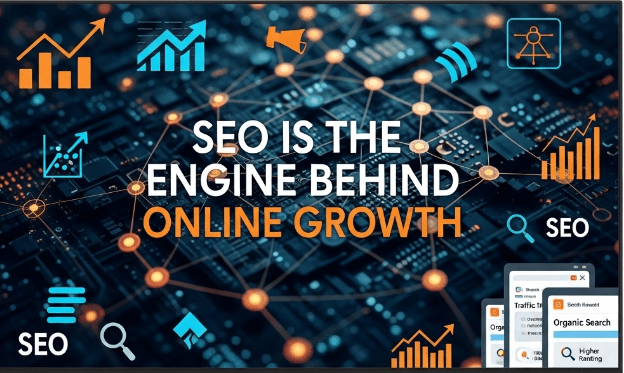
SEO is the foundation of digital visibility. It refers to the practice of optimizing your website so it ranks higher in search engine results. If your business can’t be found on Google, you’re missing out on massive traffic.
Key elements of SEO:
- On-page SEO (optimizing content, keywords, meta tags)
- Off-page SEO (backlinks, domain authority)
- Technical SEO (site speed, mobile-friendliness, structured data)
- Local SEO (Google Business Profile, location-based keywords)
Incorporating SEO into your strategy ensures that your website is both discoverable and competitive in organic search rankings.
2. Content Marketing
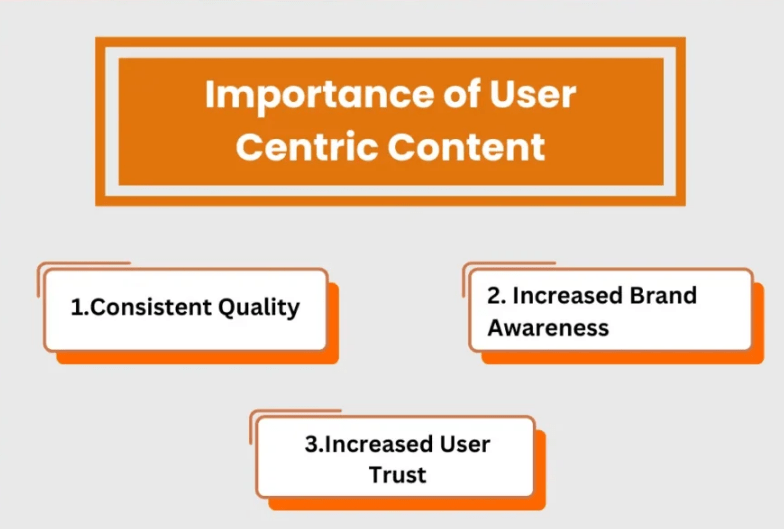
Content marketing is all about delivering valuable, relevant content to your audience. It fuels other digital marketing efforts like SEO and social media by offering something people want to read, share, or watch.
Types of content include:
- Blog posts
- Whitepapers and ebooks
- Infographics
- Videos
- Case studies
- Webinars
High-quality content builds trust, answers customer questions, and positions your brand as an authority. It’s a core component of digital marketing that supports every other channel.
3. Social Media Marketing
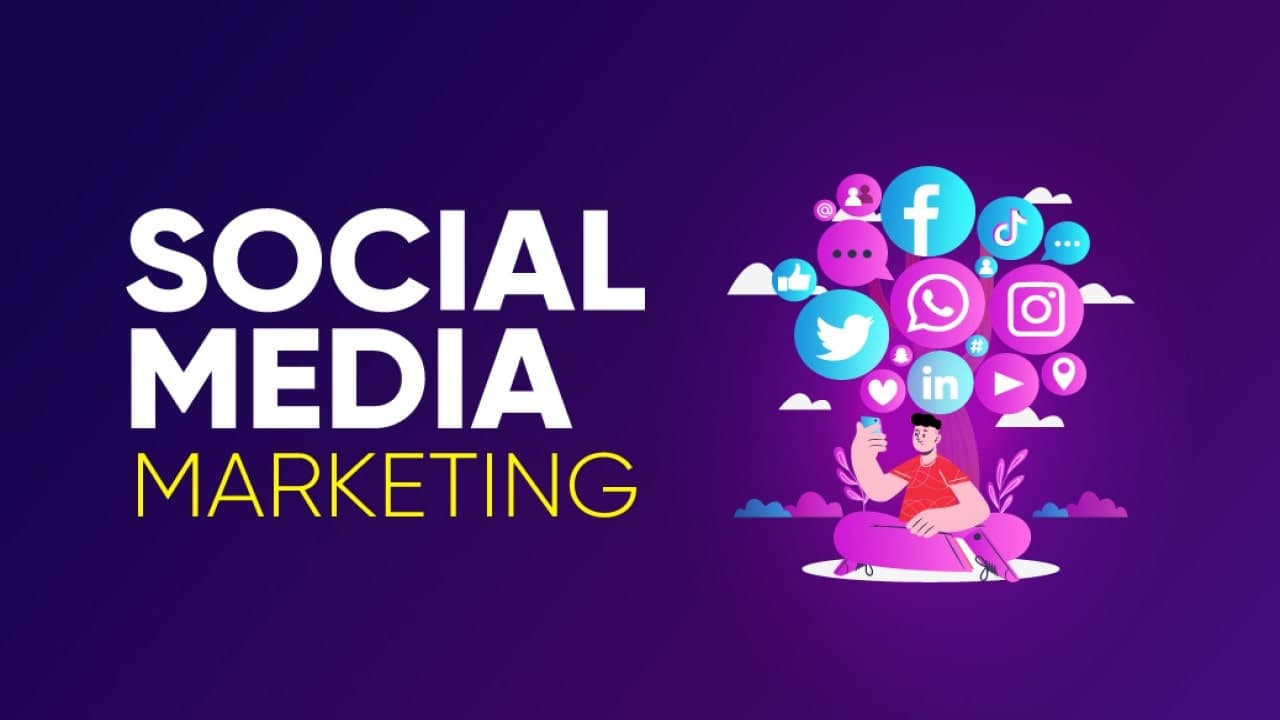
Social media has evolved from a networking tool into a critical marketing channel. Platforms like Facebook, Instagram, LinkedIn, TikTok, and X (formerly Twitter) offer brands the chance to connect directly with their audience.
In dynamic Saudi cities like Riyadh and Jeddah, businesses are rapidly adopting digital strategies to stay competitive in the online market. Understanding the Core Components of Digital Marketing is essential for companies here aiming to target a growing, tech-savvy population. From SEO and content marketing to social media and email automation, each element plays a role in helping Riyadh-based businesses capture and convert local audiences. Whether you’re a startup in Jeddah’s bustling retail sector or a corporate entity in Riyadh’s financial hub, mastering the Core Components of Digital Marketing ensures your brand message reaches the right audience at the right time.
Moreover, the Core Components of Digital Marketing provide the framework needed to create scalable marketing strategies tailored for the Saudi Arabian market. In Jeddah, where tourism and e-commerce are booming, businesses benefit greatly from localized search engine optimization and engaging social content. Meanwhile, in Riyadh, where many B2B industries thrive, targeted PPC campaigns and strong email outreach remain key. By aligning these components with cultural trends and consumer behaviors unique to each city, companies can build sustainable digital presence that drives long-term growth.
Benefits of social media marketing:
- Builds brand awareness
- Humanizes your brand
- Facilitates two-way communication
- Drives traffic and conversions
- Supports customer service and engagement
Each platform serves different audience segments, so understanding where your audience spends time is crucial to making social media a core driver of success.
4. Email Marketing
Email may be one of the oldest forms of online communication, but it remains one of the most effective digital marketing tools when used correctly.
Why email still matters:
- High ROI (average $36 for every $1 spent)
- Personalized and segmented campaigns
- Direct communication with your audience
- Excellent for lead nurturing
Modern email marketing tools allow for automation, personalization, and analytics that let you fine-tune your strategy over time.
5. Pay-Per-Click Advertising (PPC)
PPC allows you to reach your audience through paid ads, typically appearing on search engines and social platforms. Unlike organic SEO, PPC provides immediate visibility—ideal for time-sensitive campaigns or new product launches.
Popular PPC platforms:
- Google Ads
- Meta Ads (Facebook/Instagram)
- LinkedIn Ads
- YouTube Ads
- TikTok Ads
When used alongside SEO and content marketing, PPC is a powerful acquisition tool that can drive qualified leads and boost visibility in competitive niches.
6. Affiliate and Influencer Marketing
Affiliate and influencer strategies allow you to leverage other people’s audiences to promote your products or services. These partners create content or recommendations that help bring new eyes—and trust—to your brand.
How they differ:
- Affiliate marketing rewards partners for generating sales or leads.
- Influencer marketing pays individuals to promote your brand to their followers, often on social media.
This component of digital marketing is particularly useful for e-commerce, lifestyle, fashion, and tech brands seeking rapid growth.
7. Marketing Automation and CRM
Automation tools allow businesses to streamline repetitive tasks, such as follow-up emails, social posts, and lead nurturing. When paired with Customer Relationship Management (CRM) systems, businesses can track customer behavior and personalize outreach at scale.
Examples of marketing automation:
- Welcome email sequences
- Abandoned cart emails
- Lead scoring and segmentation
- Dynamic website content
Using tools like HubSpot, Mailchimp, or ActiveCampaign helps tie everything together, improving efficiency and user experience.
8. Web Design and UX (User Experience)
Your website is the centerpiece of your digital strategy. No matter how good your SEO, content, or social media presence is, a slow or poorly designed site will drive visitors away.
Key UX considerations:
- Fast load times
- Mobile responsiveness
- Intuitive navigation
- Clear calls to action (CTAs)
Investing in good design and user experience makes it easier to convert visitors into customers.
9. Data Analytics and Conversion Tracking
Digital marketing isn’t complete without analytics. Tools like Google Analytics, Google Search Console, and social media insights help marketers understand what’s working and what needs improvement.
Key metrics to track:
- Traffic sources
- Bounce rates
- Conversion rates
- Customer lifetime value (CLV)
- Return on ad spend (ROAS)
Being data-driven allows you to make smarter decisions and optimize every other component of your strategy.
10. Mobile Marketing
With mobile usage surpassing desktop, marketing for smartphones is no longer optional. Mobile marketing involves optimizing every part of your campaign—from responsive emails to mobile-first websites and SMS campaigns.
Mobile-friendly strategies include:
- Responsive web design
- Click-to-call buttons
- Mobile app marketing
- SMS and push notifications
Ignoring mobile means ignoring the majority of today’s digital users.
11. Video Marketing
Video continues to dominate engagement metrics across platforms. From YouTube tutorials to TikTok product demos, video marketing allows for high-impact storytelling in a format users love.
Video types to consider:
- Explainer videos
- Testimonials
- Product demos
- Live streams
- Behind-the-scenes clips
Incorporating video into your digital strategy improves engagement, retention, and conversion.
Integrating the Core Components for a Unified Strategy
Each component of digital marketing can work in isolation, but their real power lies in integration. When SEO supports content marketing, social media amplifies that content, and PPC fills in the gaps—brands create a cohesive digital ecosystem that builds trust, drives traffic, and converts leads into loyal customers.
A strategic approach means:
- Starting with clearly defined goals
- Understanding your audience
- Selecting the right mix of components
- Tracking and refining over time
Final Thoughts: Mastering the Core Components of Digital Marketing
As we move further into 2025, businesses that invest in a comprehensive digital marketing strategy—built around its core components—will be the ones that thrive. Whether you’re a startup or an enterprise, understanding and implementing these elements is crucial for sustainable growth.
From SEO and content to automation and analytics, each piece of the puzzle matters. And when they all come together, your digital marketing can transform from scattered tactics to a powerful, results-driven machine.

